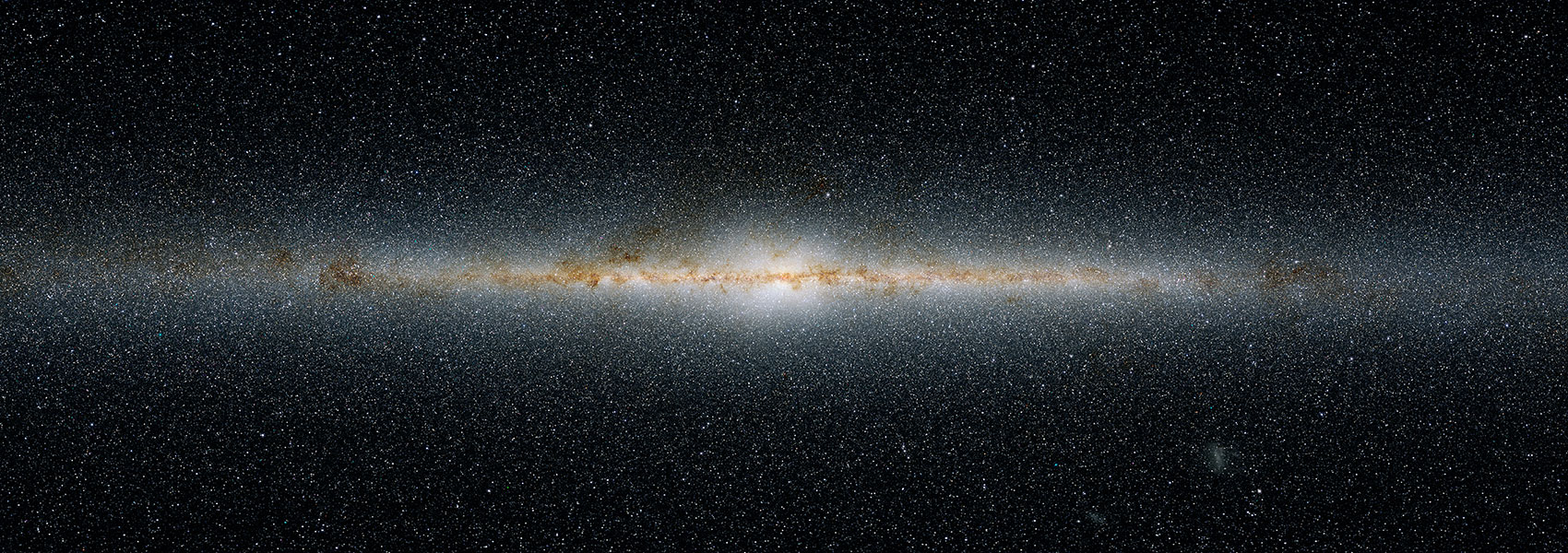March
2023
•
2023AJ....165..113R
Authors
•
Ruffio, Jean-Baptiste
•
Horstman, Katelyn
•
Mawet, Dimitri
•
Rosenthal, Lee J.
•
Batygin, Konstantin
•
Wang, Jason J.
•
Millar-Blanchaer, Maxwell
•
Wang, Ji
•
Fulton, Benjamin J.
•
Konopacky, Quinn M.
•
Agrawal, Shubh
•
Hirsch, Lea A.
•
Howard, Andrew W.
•
Blunt, Sarah
•
Nielsen, Eric
•
Baker, Ashley
•
Bartos, Randall
•
Bond, Charlotte Z.
•
Calvin, Benjamin
•
Cetre, Sylvain
•
Delorme, Jacques-Robert
•
Doppmann, Greg
•
Echeverri, Daniel
•
Finnerty, Luke
•
Fitzgerald, Michael P.
•
Jovanovic, Nemanja
•
López, Ronald
•
Martin, Emily C.
•
Morris, Evan
•
Pezzato, Jacklyn
•
Ruane, Garreth
•
Sappey, Ben
•
Schofield, Tobias
•
Skemer, Andrew
•
Venenciano, Taylor
•
Wallace, J. Kent
•
Wallack, Nicole L.
•
Wizinowich, Peter
•
Xuan, Jerry W.
Abstract
•
The detection of satellites around extrasolar planets, so called exomoons, remains a largely unexplored territory. In this work, we study the potential of detecting these elusive objects from radial velocity monitoring of self-luminous, directly imaged planets. This technique is now possible thanks to the development of dedicated instruments combining the power of high-resolution spectroscopy and high-contrast imaging. First, we demonstrate a sensitivity to satellites with a mass ratio of 1%-4% at separations similar to the Galilean moons from observations of a brown-dwarf companion (HR 7672 B; K mag = 13; 0.″7 separation) with the Keck Planet Imager and Characterizer (R ~ 35,000 in the K band) at the W. M. Keck Observatory. Current instrumentation is therefore already sensitive to large unresolved satellites that could be forming from gravitational instability akin to binary star formation. Using end-to-end simulations, we then estimate that future instruments such as the Multi-Object Diffraction-limited High-resolution Infrared Spectrograph, planned for the Thirty Meter Telescope, should be sensitive to satellites with mass ratios of ~10-4. Such small moons would likely form in a circumplanetary disk similar to the Jovian satellites in the solar system. Looking for the Rossiter-McLaughlin effect could also be an interesting pathway to detecting the smallest moons on short orbital periods. Future exomoon discoveries will allow precise mass measurements of the substellar companions that they orbit and provide key insight into the formation of exoplanets. They would also help constrain the population of habitable Earth-sized moons orbiting gas giants in the habitable zone of their stars.
Links




